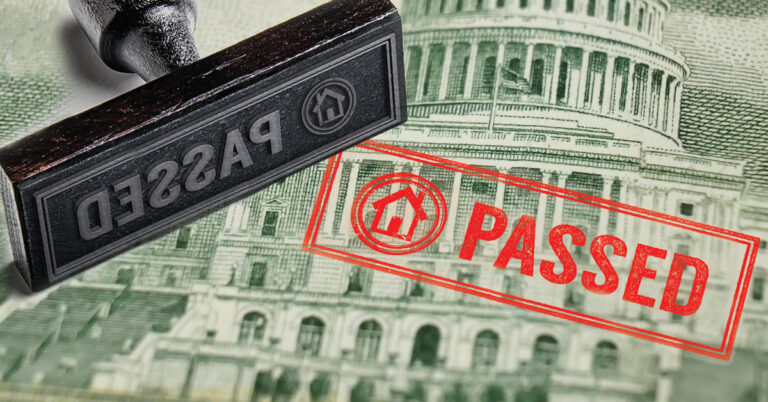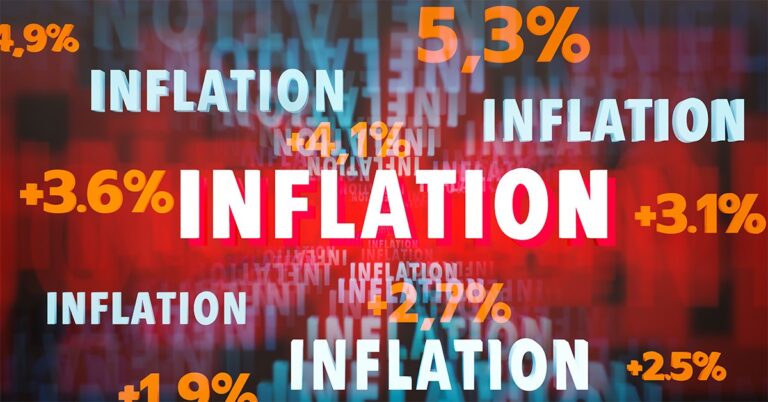January’s inflation numbers came in hotter than expected, further quashing already minuscule hopes for a March rate cut from the Federal Reserve.
The Consumer Price Index (CPI), a broad-based metric gauging the changes over time in prices paid by consumers for goods and services, rose 0.3% in January on a seasonally adjusted basis, according to the U.S. Bureau of Labor Statistics.
That’s up from 0.2% in December and marked the largest pickup in consumer prices in four months. The CPI’s growth actually slowed year over year, gaining 3.1% in the 12 months through January after picking up 3.4% in the year trailing December. Both monthly and annual CPI gains, however, exceeded expectations, with economists polled by Reuters anticipated a 0.2% CPI increase month over month and a 2.9% increase year over year.
The core CPI, which excludes volatile food and energy prices, grew by 0.4% monthly and 3.9% annually.
Much of the increase from December to January was driven by shelter costs, including rents, which are weighted to account for roughly one-third of the CPI calculation. The price sub-index for shelter rose 0.6% month over month and comprised more than two-thirds of the overall gain from the previous month.
Food prices also saw a notable uptick, increasing 0.4% in January, per the CPI. The food-at-home sub-index rose 0.4% during the month, while the food-away-from-home sub-index was up 0.5%. At the other end of the spectrum, the sub-index for energy dropped 0.9% in January, chiefly due to the decrease in the price of gasoline (which fell 3.3% month over month).
“Markets expected headline inflation to fall below 3% year over year for the first time since March 2021, which didn’t happen,” said Ksenia Potapov, economist at First American Financial Corp. “Prices on energy and goods other than food and energy have been pushing inflation down, but services inflation (which includes shelter) remains high.”
The role of stubbornly buoyant shelter costs in January’s higher-than-expected inflation reading isn’t as gloomy as it appears at first glance, Potapov continued.
“Shelter inflation lags observed prices by approximately 6-12 months, so slower rent growth over the past year is expected to drag headline inflation down over time,” she explained. “For comparison, annual rent growth slowed from 7% in January 2023 to 3.5% in January 2024, according to Zillow.”
As for how, if at all, the report will impact the Federal Reserve’s monetary policy, it likely slams the door shut on a March rate cut and, in all probability, deepens the central bank’s wait-and-see stance before it takes any interest-cutting actions.
“Today’s CPI results suggest a continued slowdown in the Fed’s inflation target,” said CoreLogic chief economist Selma Hepp. “While there is a softening in rents, there are still some stubbornly high prices, which is balancing the nation’s economy on its path to a so-called soft landing. Overall, the nation’s economy remains strong, so don’t expect an interest rate cut this half of the year unless consumer prices take a larger, downward trajectory.”








